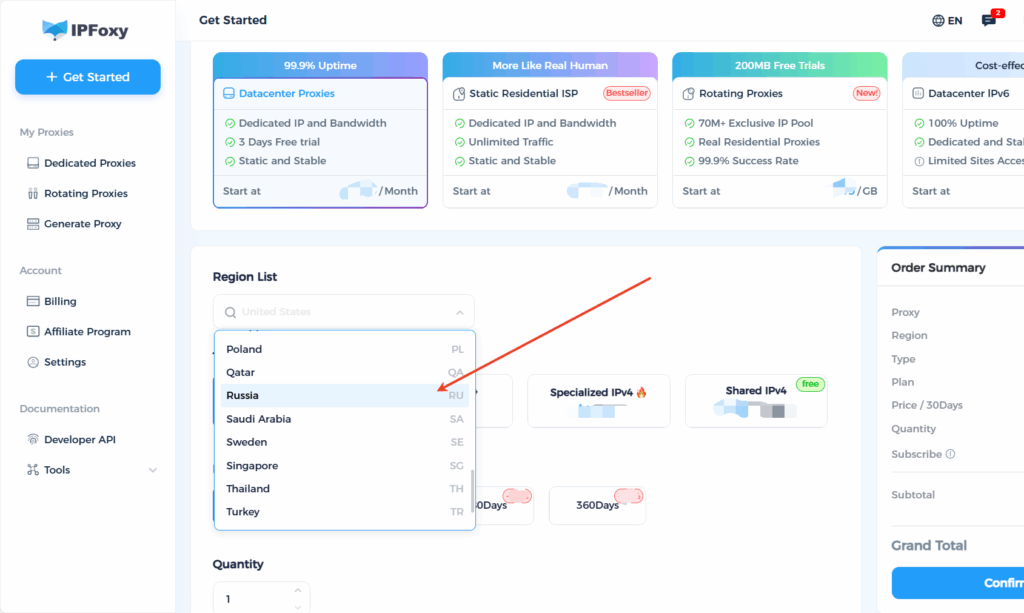In recent years, more and more sellers have noticed that even after increasing their ad budgets and optimizing their listings, their Ozon product rankings still fluctuate or decline. In reality, Ozon’s algorithm doesn’t just look at advertising investment—it focuses more on overall store performance and account stability.
This article will walk you through the core factors that affect product rankings and show you how to stabilize your traffic and improve your visibility.
I. Key Factors Affecting Ranking
1. Listing Optimization Issues
Your product titles, keywords, and descriptions might not align with user search habits. According to Ozon’s SEO guidelines, the search algorithm takes into account keyword relevance, product quality, and user engagement.
Other potential causes include:
- Poor image or video quality, resulting in low conversion rates despite clicks.
- Recent listing edits (title, images, or category) causing temporary ranking fluctuations while the system re-indexes.
2. Pricing and Sales Issues
Lack of price competitiveness:
If your product is priced significantly higher than competitors, traffic may decrease. SEO data shows that pricing also affects ranking.
Stock-outs or shipping delays:
Running out of stock halts sales, and the algorithm may interpret this as a decline in product demand.
Unstable sales performance:
Sudden drops or long periods of low sales can weaken the platform’s trust in your product, leading to lower visibility.
3. Intensified Market Competition
Over the past three years, the number of Ozon sellers has grown by more than 60% annually. In popular categories such as electronics, home goods, and baby products, the number of listings for a single keyword has tripled.
However, platform traffic hasn’t grown at the same pace. This means exposure per seller is being diluted—and worse, Ozon’s traffic is heavily concentrated among top sellers. The top 10% of stores capture over 60% of category traffic.
4. Product Ratings and Quality Indicators
Ozon’s ranking algorithm is highly sensitive to product quality. If a product’s average rating drops below 4.2, the system automatically triggers traffic demotion.Products with a return rate above 8% or a negative review rate over 3% are flagged as “risky” and downgraded in recommendations. These metrics may not appear in your traffic report, but they have a major impact on your natural search ranking.
5. Account Abnormalities
As Ozon’s user and seller base expands, its risk-control system has become increasingly strict to maintain platform integrity.
Account stability is now a crucial ranking factor.
Frequent IP or device switching, or managing multiple stores from the same IP, can trigger Ozon’s risk detection system.
This can result in reduced account trust, limited exposure, or temporary restrictions
II. Recommended Solutions
1. Re-optimize Your Listing
- Review your keywords: Use Ozon’s “What Affects Your Search Ranking” tool to check keyword relevance.
- Optimize title and description: Place main keywords at the beginning of titles, ensuring clarity and relevance.
- Enhance visuals: Use clear, multi-angle images and authentic usage scenarios.
- If you’ve recently made major edits, wait for the algorithm to re-index before making further changes.
2. Adjust Sales Strategies
- Check competitors’ pricing and make moderate adjustments—avoid price wars that eat into profit.
- Maintain stable inventory to prevent frequent stock-outs.
- If your sales fluctuate seasonally, consider promotions, bundle deals, or limited-time offers to smooth sales performance.
3. Compete Smarter, Not Harder
- Avoid head-to-head competition: Use long-tail keywords and focus on niche use cases (e.g., “car seat heater for winter use”).
- Differentiate your offer: Use customized versions, bundles, or improved product visuals to boost CTR and add-to-cart rates.
- Test pricing strategies: Use A/B testing to find the optimal psychological price range.
4. Stabilize Your Account Environment
When operating multiple stores or accounts, avoid shared IP environments to prevent linkage or risk flags.
For example, I personally use IPFoxy to isolate each account’s environment, simulate authentic local traffic, and assign one dedicated IP per account.
This setup effectively lowers the risk of account restrictions and helps maintain stable store performance.

III. Conclusion
Many factors can cause fluctuations in Ozon rankings. Beyond the account itself, increasing market competition also plays a major role. The real challenge for sellers today is figuring out how to stand out among thousands of similar listings.
By systematically checking the points above and maintaining a stable, trustworthy account environment, you can minimize ranking volatility and regain steady growth.We hope this guide helps you troubleshoot and recover from Ozon ranking drops effectively!


